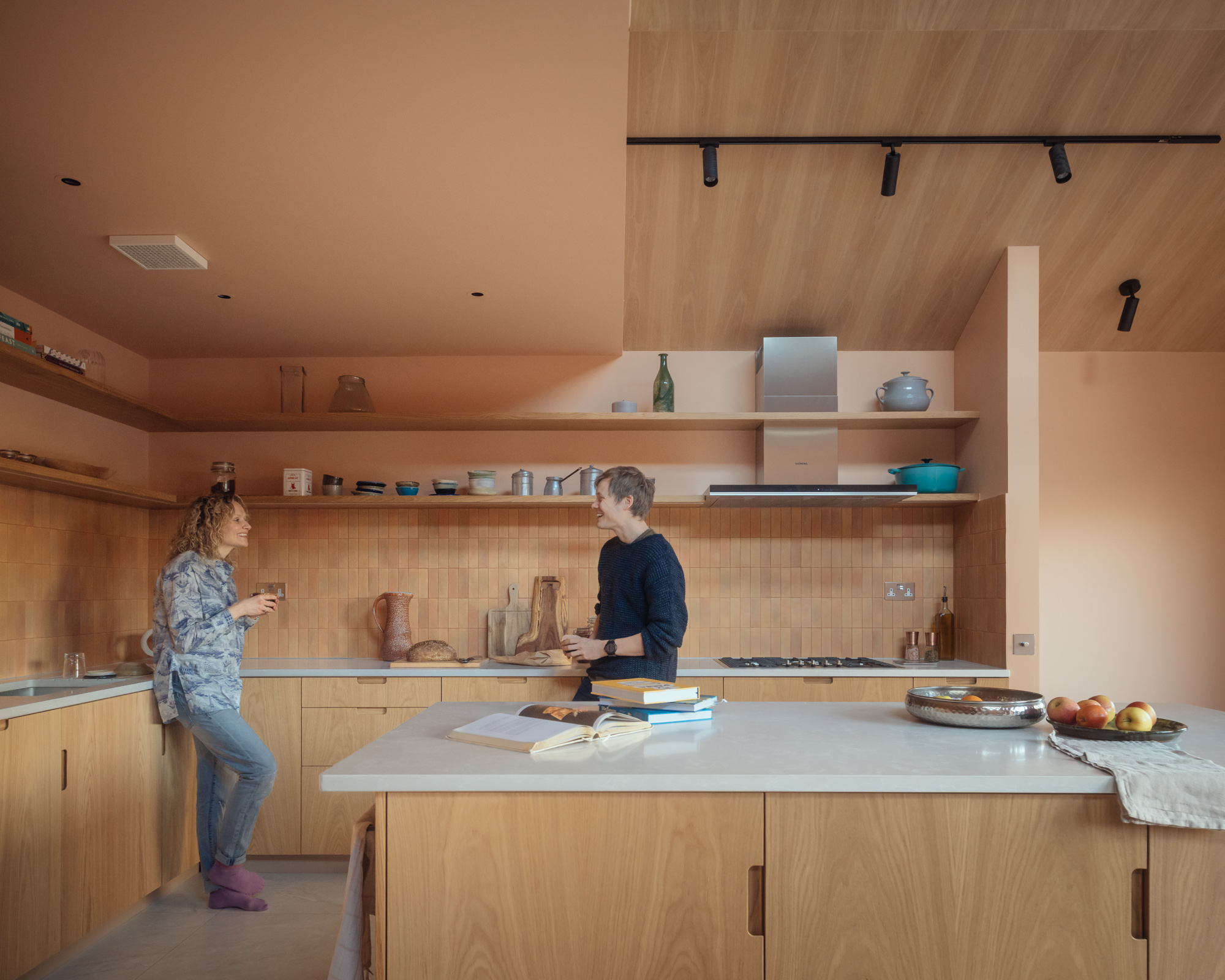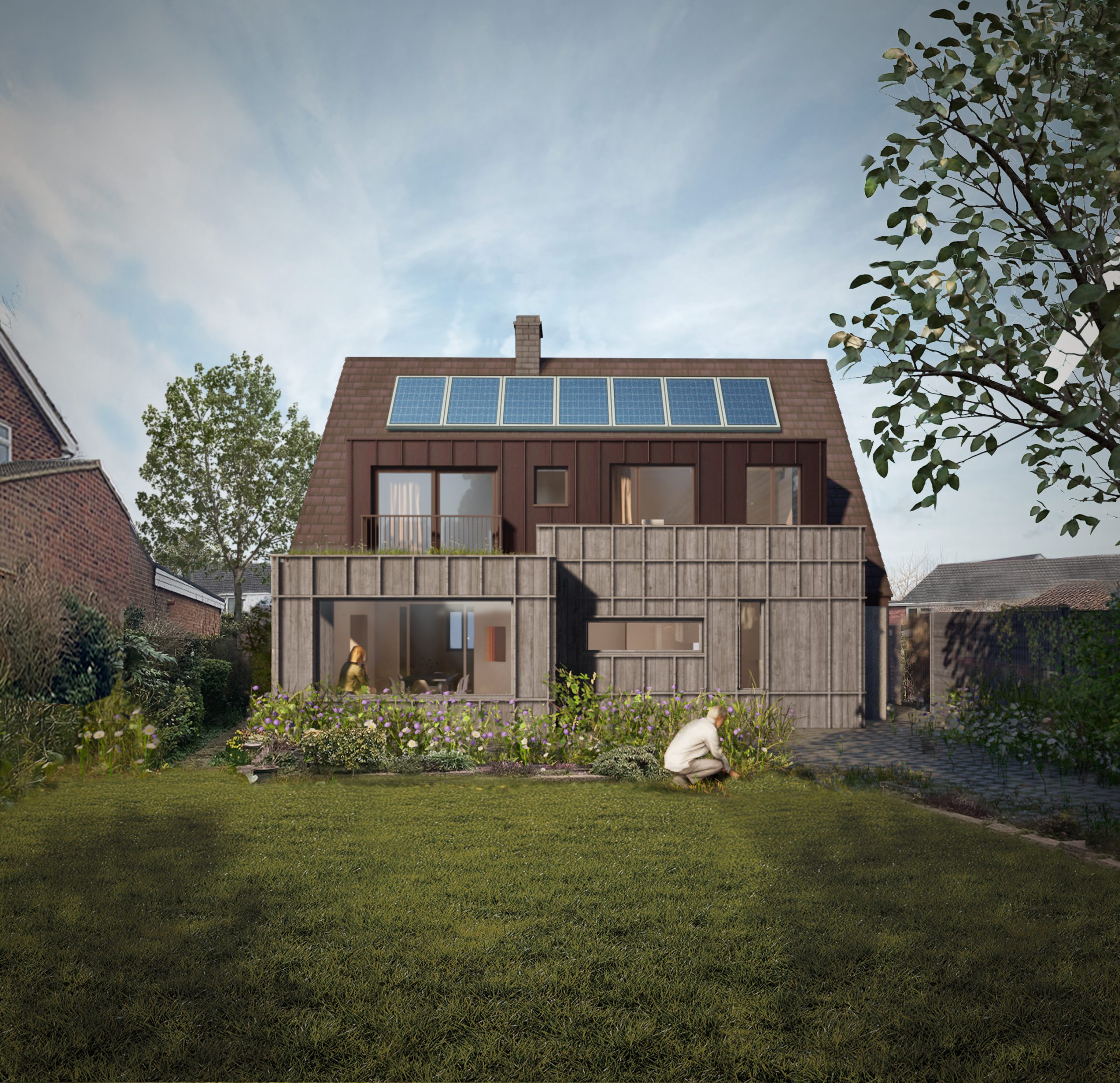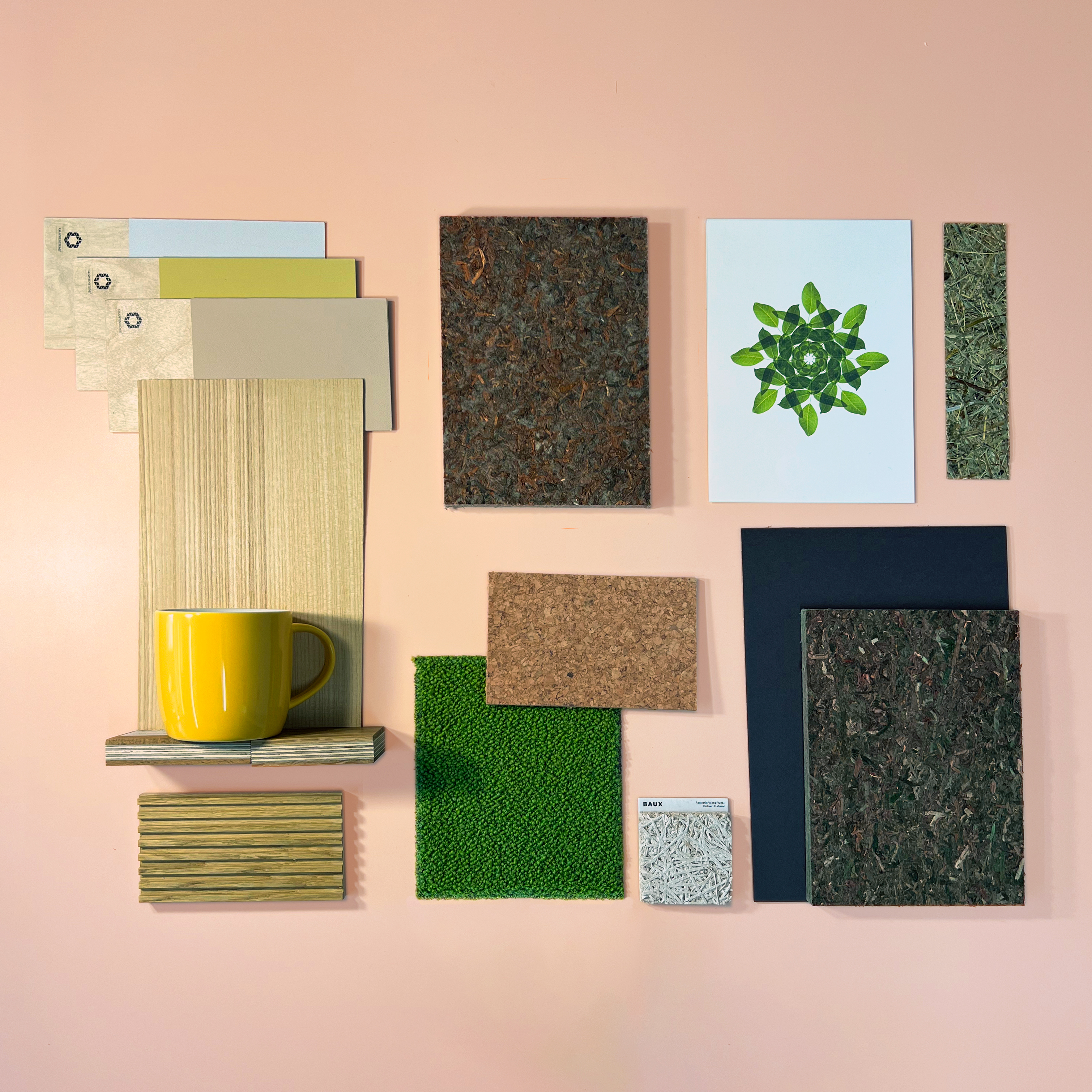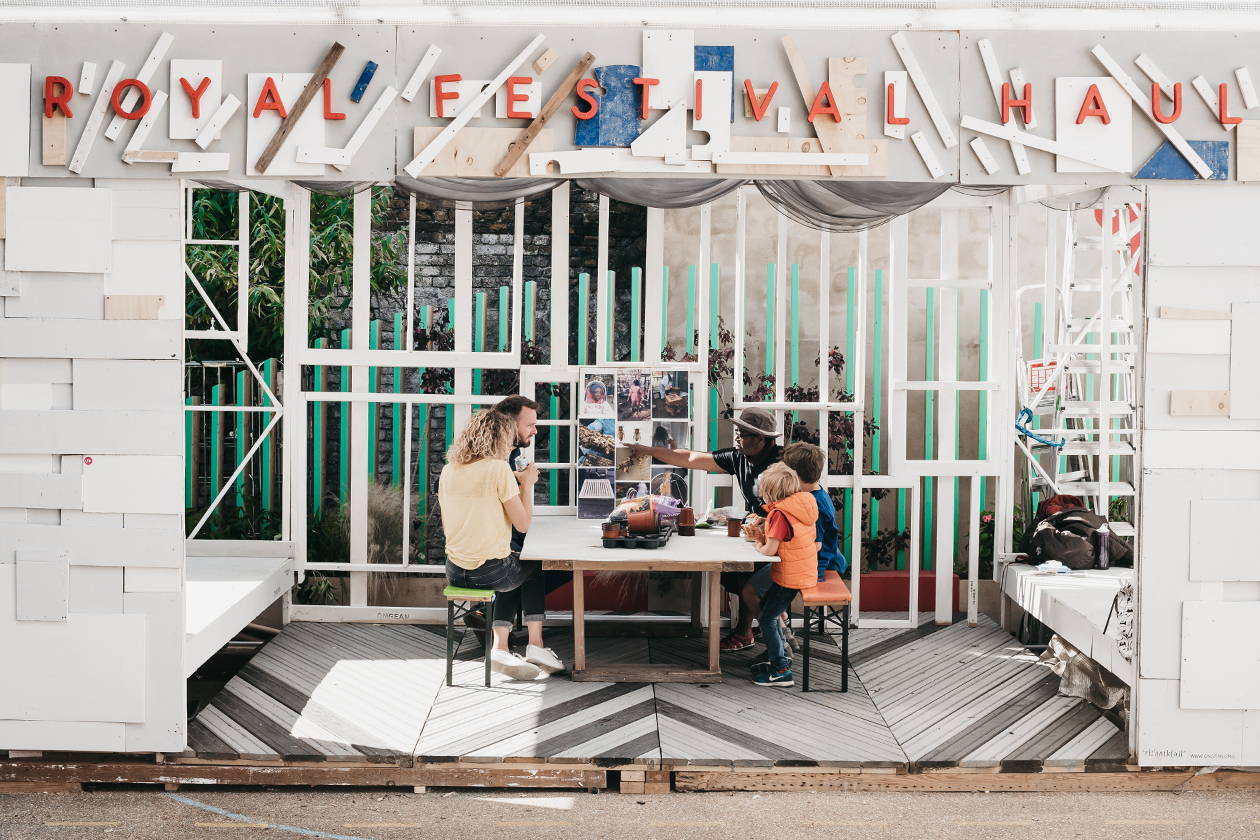What is embodied carbon, and why does it matter for your home renovation?
< Back to InsightsWhen thinking about sustainable homes, most people focus on energy use – heating, lighting, appliances. That’s what we call operational carbon. But there’s another part of the carbon footprint that’s just as important, if not more so: embodied carbon.
So, what is embodied carbon?
Embodied carbon refers to the total greenhouse gas emissions associated with a building’s entire lifecycle – from extracting raw materials to manufacturing, transporting, constructing, maintaining, and eventually demolishing the structure. It’s measured in kilograms of CO₂ equivalent per square metre (kg CO₂e/m²).
While operational emissions have fallen significantly due to the decarbonisation of the UK’s energy grid, embodied carbon remains a major and growing part of our environmental impact. According to the UK Green Building Council, embodied carbon is responsible for over 20% of the built environment’s total emissions, a figure that’s even more striking when you realise it’s all “locked in” for the lifetime of the building.
As architects, reducing embodied carbon is a core part of our practice. Here’s how we, designing with our clients, approach it:
Build Less
The most sustainable building is often the one you already have. From the outset of every project, we take time to understand your ambitions and how you use your home – now and in the future. This allows us to refine the brief, maximise spatial efficiency, and reuse rather than rebuild where possible.
On our Mid Terrace Dream project, for instance, we redeployed bricks from a demolished rear wall, reused roof tiles, and salvaged internal timber wall studs for internal structures. This approach not only reduced waste but preserved the character and story of the home.

Retrofit, Don’t Rebuild
It’s estimated that 80% of the buildings we’ll use in 2050 already exist today. Retrofitting older homes – including heritage buildings – is one of the most powerful actions we can take to reduce embodied carbon. By working with what we already have instead of starting from scratch.

Retrofitting not only retains the carbon already invested in the structure, but also allows us to dramatically improve a buildings energy efficiency, cutting operational emissions too. Retrofitted homes offer comfort, performance, and sustainability.
Read our blog about make makes a renovation a retrofit project.
Build Light
Heavy materials often come with a heavy carbon price tag. We work closely with structural engineers to reduce material use wherever possible. That might mean choosing screw pile foundations over concrete slabs, or timber structures instead of steel frames, or simply ensuring materials are correctly sized for their purpose.
Smarter engineering doesn’t just reduce embodied carbon. It often speeds up construction and simplifies logistics on tight London sites, creating lighter, more elegant structures.
Use Natural Materials
Materials like brick, steel, and glass are energy-intensive to produce and transport. In contrast, natural materials such as timber, cork, hemp, and stone have significantly lower embodied carbon and in some cases, like sustainably sourced timber, can even be carbon negative, absorbing more carbon during growth than is emitted during processing.
It’s not just the building that contributes to the embodied carbon of a project. We have an extensive material library of natural materials for interior finishes chosen for their beauty, longevity and biophilic properties.

Incorporating these materials into your home renovation supports a healthier planet and a more breathable, comfortable living environment.
Source locally
Transporting materials long distances adds hidden emissions to your project. Wherever possible, we prioritise locally sourced materials, reducing the carbon cost of delivery and supporting the local economy at the same time.
Design for flexibility and longevity
A home that adapts to your changing needs reduces the risk of costly – and carbon-heavy – renovations later. We design with flexibility in mind, creating spaces that evolve with your lifestyle.
For temporary structures, like the Royal Festival Haul pavilion for the LFA or RISE for the National Theatre, we go even further, using reclaimed or rental materials that can be fully reused after the project ends, keeping waste (and carbon) close to zero.

Why embodied carbon matters for your home renovation
Now we know what embodied carbon is, how can we control how much we emit in our renovation. Reducing embodied carbon isn’t just a job for developers or big infrastructure projects. If you’re planning a renovation, your choices, in materials, design, and construction methods, have a real impact.
At Collective Works we believe sustainability starts at home. Through thoughtful design, reuse of materials, and low-carbon construction methods, we help you create a beautiful home that treads lightly on the planet.
Contact us or explore our recent low-carbon projects to learn more.
Let’s have a chat about your vision and
how we can help you realise it.
Collective Works are an architecture & design studio. Our network of professionals will create your perfect solution.
